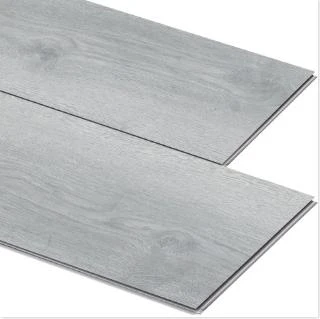Exploring the Elegance of Colonial-Inspired Skirting Designs for Your Home
The Charm and Evolution of Colonial Skirting A Journey Through Design
Colonial skirting, an often overlooked yet essential feature in the realm of interior design, embodies the rich architectural history of colonialism. As we delve into its origins and aesthetic appeal, we unearth not only its functional aspects but also its significance in the evolution of home decor.
Skirting boards, also known as baseboards, can be traced back to the colonial era when they served a purpose beyond mere decoration. They were primarily designed to protect the lower walls from damage caused by furniture, foot traffic, and moisture. In homes built during the colonial period, these boards also helped bridge the gap between flooring and wall surfaces, creating a seamless transition that contributed to the overall structural integrity of the home.
The colonial style was heavily influenced by a mixture of European architectural traditions, particularly from England, France, and Spain. Each culture brought its unique design elements into the colonial American landscape. For instance, the British colonists favored simplicity and function, resulting in modest skirting that often featured straight lines and minimal ornamentation. In contrast, the Spanish colonial style embraced a more elaborate aesthetic, with intricate carvings and flamboyant profiles that reflected the grandeur of their architectural heritage.
Throughout the 18th and 19th centuries, colonial skirting evolved alongside other design trends. The introduction of more ornate patterns and embellishments became prevalent, particularly during the Federal and Victorian periods. Skirting boards began to showcase complex designs, including curves and floral motifs, which added a touch of sophistication to the otherwise utilitarian features of colonial homes. These decorative skirtings were often crafted from high-quality wood and painted in a spectrum of colors that enhanced their visual appeal.
colonial skirting

As we moved into the 20th century, the rise of the Arts and Crafts movement brought a renewed interest in handcrafted, artisanal elements in design. This period saw a shift towards more organic forms and materials. Colonial skirting reflected this shift, with a focus on natural wood finishes and simpler, more rustic designs. The minimalist approach allowed for greater versatility, making it easier to incorporate colonial skirting into a variety of home styles, from traditional to modern.
Today, colonial skirting continues to be revered for its timeless elegance and versatility. Homeowners and designers alike appreciate its ability to enhance the character of a space while providing functional benefits. The resurgence of interest in heritage design has prompted many to opt for colonial skirting in new constructions and renovations. Modern interpretations often feature a blend of traditional craftsmanship with contemporary materials, such as MDF and engineered wood, making it accessible to a broader audience.
Moreover, the color palette used for colonial skirting has expanded significantly. While traditional whites, creams, and natural wood tones remain popular, bold hues are also being embraced to make a statement. This trend allows homeowners to personalize their spaces, integrating colonial skirting into their unique design narratives.
In conclusion, colonial skirting represents more than just a decorative element in home design; it symbolizes a rich history of architectural evolution and cultural exchange. As we appreciate its historical significance and its role in contemporary aesthetics, we can see how this seemingly simple feature plays an integral part in the stories our homes tell. Whether it graces a modern abode or a traditional colonial-style house, skirting will always be a testament to the enduring beauty of design that transcends time. Embracing colonial skirting means celebrating the artistry of the past while enriching the living spaces of today.
-
SPC FlooringJun.24,2025
-
Bathroom Wall CoveringsJun.24,2025
-
Why Dry Back LVT Flooring Is the Smart Choice for Modern InteriorsJun.05,2025
-
Transform Your Interiors with Elegant Luxury Vinyl Flooring OptionsJun.05,2025
-
The Rise of SPC Vinyl Flooring: A Modern Solution for Durable and Stylish SpacesJun.05,2025
-
Click LVT Flooring: The Perfect Blend of Style, Strength, and SimplicityJun.05,2025




